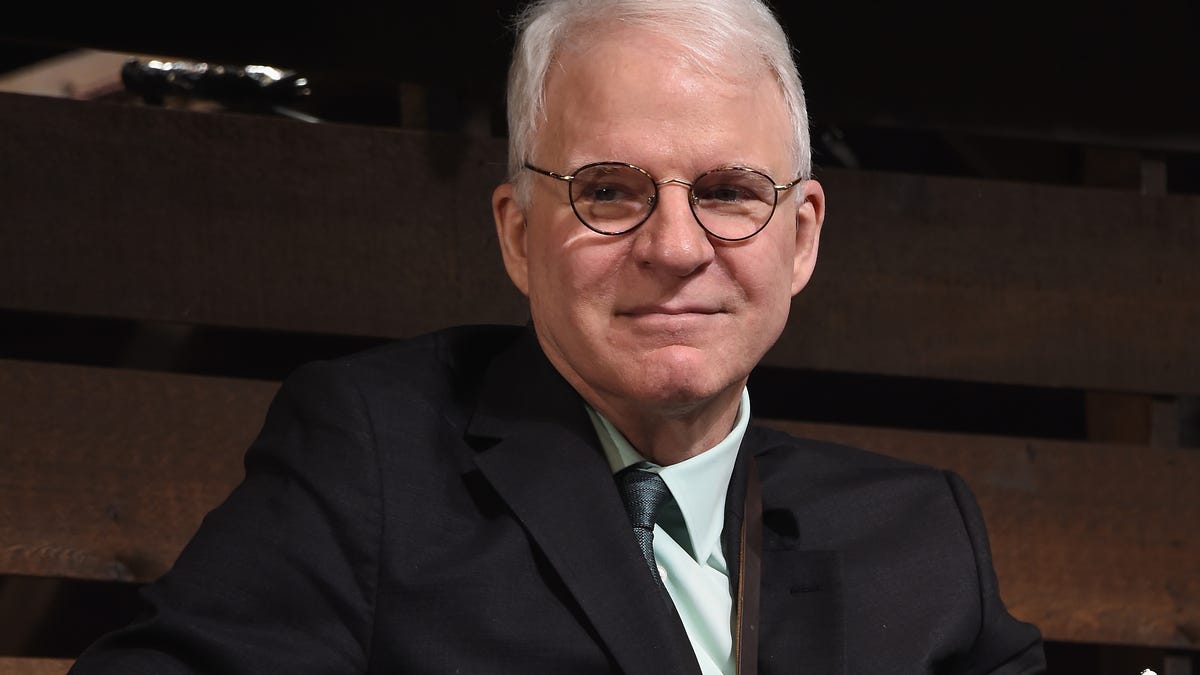Morgan Wallen dodges SNL cast post-show, sparking criticism
Morgan Wallen sparked controversy by abruptly walking off stage at the end of ‘Saturday Night Live’ after serving as the musical guest on the episode hosted by Mikey Madison.
unbranded – Entertainment
Morgan Wallen is opening up about the struggles surrounding fame and his choice to stick away from bars the past year.
The country singer, 31, appeared on Theo Von’s podcast “This Past Weekend” Wednesday to chat about the impact of stardom.
“It’s still weird and there’s parts of that that I don’t like,” the chart-topping “Last Night” singer said. “I mean, I think anyone who was to deal with that … it’s not ideal to go everywhere, and even if you don’t get bothered, you were on edge the whole time because you thought you might.
“There’s just things that you don’t do,” he told Von.
“You just don’t do them anymore. But that’s okay, that’s why I’ve taken up hunting so much, I think. Because I can go be with my buddies, I’m in the middle of nowhere. I can be at ease. I can not stress out. You just find ways to supplement it I think, you know.”
“It’s kind of funny, you can’t really go to a bar anymore because there’d be too much hassle,” Von, a comedian and popular cultural commentator, chimed in. “And it’s probably the best thing for you.”
“It’s definitely the best thing for me,” Wallen said with a laugh.
“If you’re using the bar as a specific example, that’s definitely the best thing for me. I ain’t been in a bar since the last time I was in a bar that everybody knows about.”
In April 2024 Wallen was arrested after throwing a chair from the roof of a Nashville, Tennessee, bar.
He was charged with felony endangerment and disorderly conduct and was sentenced to seven days in a DUI education center and two years supervised probation after pleading guilty.
Morgan Wallen follows ‘SNL’ scandal with Theo Von podcast
Wallen’s podcast appearance follows a weekend of drama after the country singer raised eyebrows with his swift exit from “Saturday Night Live.”
After performing two songs on the comedy show, Wallen abruptly left the stage as the credits rolling, posting on social media that he was ready to get back to “God’s country.”
His exit and subsequent social media post have led to widespread commentary from “SNL” cast members and viewers alike.
Wallen has since launched a line of hats and T-shirts on his online store that say “Get me to God’s country.”
Morgan Wallen talks fatherhood, upcoming album
Von and Wallen also discussed the singer’s upcoming record “I’m the Problem,” which is set for release on May 16. In June, Wallen will set out on tour to promote the project.
On the forthcoming record, Wallen said he leaned into a bit of a different sound.
“My last album, I had plenty of trap beats and stuff like that,” he said. “This time I was like, ‘Hey man, let’s just tone that back a little bit.’ I’m tired of it. I’m tired of hearing it. So if I’m tired of it, they (are) probably tired of hearing it.”
“You can still get that same swagger, you can accomplish certain things without doing the same exact thing,” he continued.
And as he gears up to release his new album, Wallen also shared that this is the first time his 4-year-old son, Indigo, is old enough to really understand his music.
“This album that I’ve been working on, this is the first time where it seems like he’s really starting to put two and two together, you know?” he said. “I would come home after I’d been writing and I’d show him songs this time. This is the first time that he’s ever cared.”
There’s a track on the upcoming record called “Eyes Are Closed” that Wallen said his son is especially partial to.
As he played the track at home, Wallen’s son “moseyed on over there and started being like, ‘Ooh, what’s this?’ And then after it was done, he said, ‘I like that song, daddy,’” Wallen said.
“It was the first time he had ever done that, so it was a special moment for me, something I’ll never forget. And he said, ‘Play that again.’”
When it comes to fatherhood, “it just gets better and better the older he gets,” Wallen said. “It’s always been cool … just the personality that keeps coming out and the relationship that you build.”






